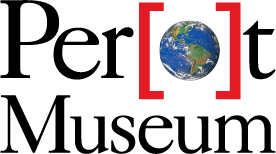
Research and Collections
Research Projects
The Perot Museum’s research team currently focuses on understanding Cretaceous ecosystems of Texas and the southwestern United States, both on the land and in the sea. We have active projects investigating fossil animals, plants, and their environments around the ancient Cretaceous Western Interior Seaway.
Cretaceous Ecosystems current areas of focus
In addition to the Museum’s own researchers, we support studies by our Research Affiliates in areas that use and build on the strengths of our collections and regional deep-time history, such as Cretaceous Alaska and Permian Texas ecosystems.
 A
A
 B
B
-
Alaskan duckbill dinosaur teeth
-
Permian Walchian conifer after prep






